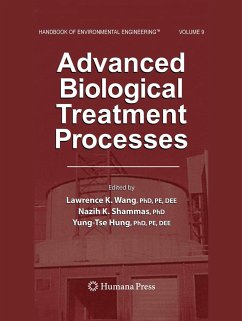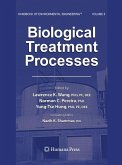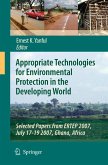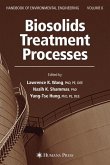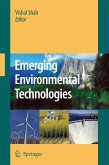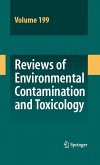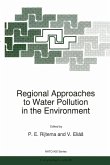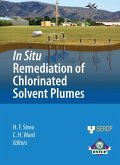Volume 9: Advanced Biological Treatment Processes in the Handbook of Environmental Engineering series provides critical insight into pollution-abatement engineering. This outstanding collection of methodologies is designed as a review of engineering systems currently being used, as well as their potential for use in pollution abatement. The book's expert panel of authors provides a look at a range of topics, including principles and kinetics of biological processes, vertical shaft bioreactors, upflow sludge blanket filtration, membrane bioreactors, column bioreactor, SBR, nitrification, denitrification, and emerging biological processes. Volume 9: Advanced Biological Treatment Processes and its sister book - Volume 8: Biological Treatment Processes - are indispensable as both basic biological treatment textbooks and comprehensive reference books for advanced undergraduate and graduate students, designers of waste treatment systems, scientists, and researchers. A gold-standard addition to The Humana Press series, Volume 9: Advanced Biological Treatment Processes gives readers a cutting-edge illustration of the theory and practice of biological abatement systems and their critical role in environmental issues today.
The past 30 years have seen the emergence of a growing desire worldwide that positive actions be taken to restore and protect the environment from the degrading effects of all forms of pollution-air, water, soil, and noise. Because pollution is a direct or indirect consequence of waste, the seemingly idealistic demand for "zero discharge" can be construed as an unrealistic demand for zero waste. However, as long as waste continues to exist, we can only attempt to abate the subsequent pollution by converting it to a less noxious form. Three major questions usually arise when a particular type of pollution has been identi?ed: (1) How serious is the pollution? (2) Is the technology to abate it available? and (3) Do the costs of abatement justify the degree of abatement achieved? This book is one of the volumes of the Handbook of Environmental Engineering series. The principal intention of this series is to help readers formulate answers to the last two questions above. The traditional approach of applying tried-and-true solutions to speci?c pollution problems has been a major contributing factor to the success of environmental en- neering, and has accounted in large measure for the establishment of a "methodology of pollution control. " However, the realization of the ever-increasing complexity and interrelated nature of current environmental problems renders it imperative that intelligent planning of pollution abatement systems be undertaken.
The past 30 years have seen the emergence of a growing desire worldwide that positive actions be taken to restore and protect the environment from the degrading effects of all forms of pollution-air, water, soil, and noise. Because pollution is a direct or indirect consequence of waste, the seemingly idealistic demand for "zero discharge" can be construed as an unrealistic demand for zero waste. However, as long as waste continues to exist, we can only attempt to abate the subsequent pollution by converting it to a less noxious form. Three major questions usually arise when a particular type of pollution has been identi?ed: (1) How serious is the pollution? (2) Is the technology to abate it available? and (3) Do the costs of abatement justify the degree of abatement achieved? This book is one of the volumes of the Handbook of Environmental Engineering series. The principal intention of this series is to help readers formulate answers to the last two questions above. The traditional approach of applying tried-and-true solutions to speci?c pollution problems has been a major contributing factor to the success of environmental en- neering, and has accounted in large measure for the establishment of a "methodology of pollution control. " However, the realization of the ever-increasing complexity and interrelated nature of current environmental problems renders it imperative that intelligent planning of pollution abatement systems be undertaken.

